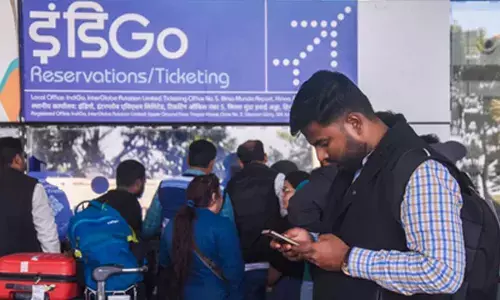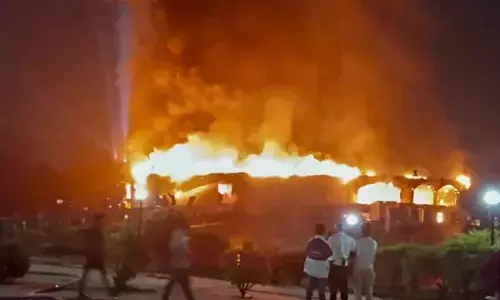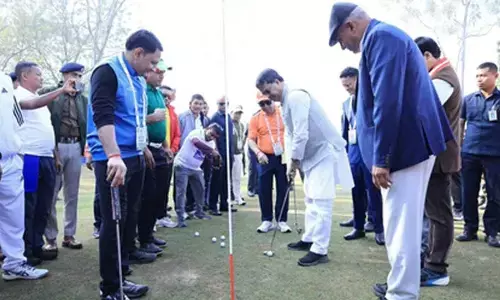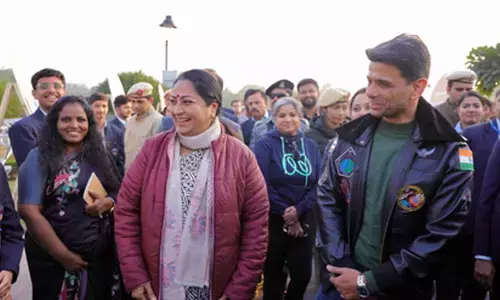The rich treasure of Indian languages
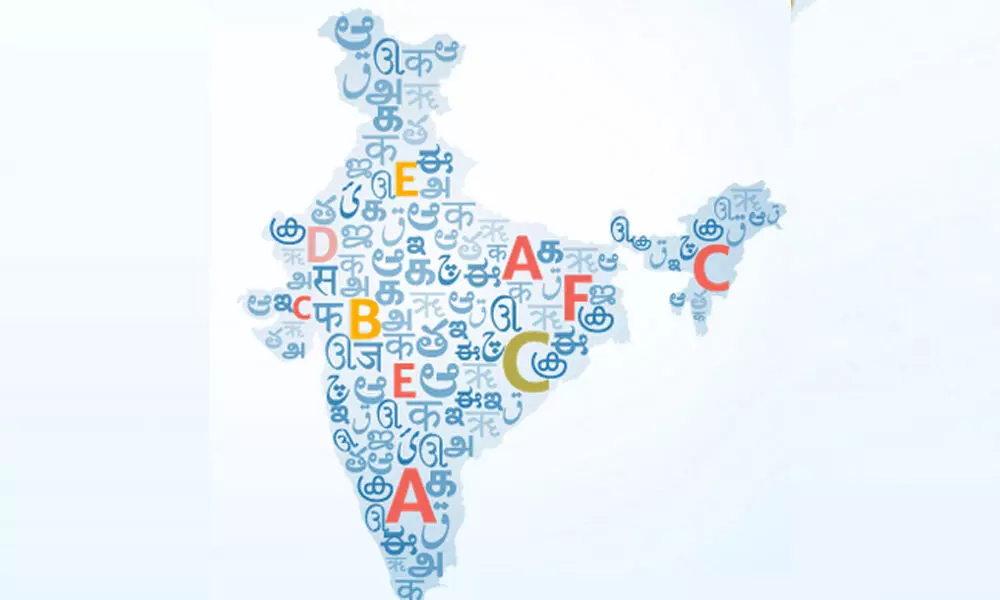
The rich treasure of Indian languages
On account of the combination of a number of fortuitous circumstances I am comfortable with speaking several languages. My mother tongue is Telugu. I was born in Chennai, and spent the first ten years of my life there.
On account of the combination of a number of fortuitous circumstances I am comfortable with speaking several languages. My mother tongue is Telugu. I was born in Chennai, and spent the first ten years of my life there. Tamil was, in fact, the language I learnt first. Even to this day I can carry on a conversation fluently in Tamil, although the dialect I use is one which is spoken in Chennai, which is not quite as pure as the version which is common in the southern regions of Tamil Nadu.
I often regret not having learnt to read or write that wonderful language, especially as it is regarded as the oldest language in the world whose origin dates back to more than 5000 years ago. Readers might be interested in knowing that Gopal Krishna Gandhi the grandson of Gandhiji and C.R. Rajagopalachari, who belongs to my batch of the IAS, naturally spoke Tamil (his mother tongue), and Gujarati (which was his father's language as Mahatma Gandhi's son had married Rajaji's daughter). Upon selection to the service opted for Tamil Nadu cadre and the rest, as we all know, is history.
Subsequently, when we moved to Hyderabad in 1955, I was still young enough to learn quickly the local version of Urdu (which, as is well known, is a refreshingly unique variety spoken nowhere else).
Urdu is a bit like the north Indian 'Khichdi' or, for that matter, the South Indian dish 'Avial'. A rich and robust mixture of several tongues such as Telugu, Marathi, Kannada and the North Indian version of Urdu, it is truly a remarkable language. Words like 'Nakko' a variant of the Marathi 'Naka' and 'Kanne' meaning 'with' have served to enrich its lexicon. It also has very endearing usages borrowed from Telugu. For instance, in Telugu, it is common to say "it cannot become this" for saying "it is not this". And Hyderabadi Urdu is the only version of that language which has borrowed this expression. That is why one hears things like "Yeh mera nahin hota", instead of "Yeh mera nahin hai".
I stayed with my parents in Delhi for three years, doing my graduation, during which time I simply fell head over heels in love with Punjabi. I must confess, however that, while I can understand what is spoken, and enjoy the lyrics and tunes of the inimitable Punjabi folk songs, my knowledge of the tongue is quite shallow.
After I had finished my post-graduation, and while working for a Ph.D. in the Theory of Relativity, I had enough spare time to do courses in French and German, albeit of at a very preliminary level. My proficiency in those two languages is a little like that of the chap who is being interviewed for a job and, upon being asked whether he could read, write and speak French (which language he had indicated in his CV as one he was good at), answered "Yes I can, provided my interlocutor has also taken the same eight lessons as I have!".
And, just like anyone else in the country, I can read, write and speak English reasonably well. The pleasure I derive from learning and using languages has led me into taking a somewhat close interest in the manner in which languages present themselves as one moves across the length and breadth of our vast country.
A system of conventional spoken, manual (signed), or written symbols, a language also has many social and cultural uses. Language which, is unique to the species of Homo sapiens, is understood as a structured system of communication and system of conventional spoken, manual and written symbols which has also many other social and cultural uses.
Estimates of the number of human languages in the world vary between 5,000 and 7,000. Different dialects of the same language are known to vary considerably not only in the lexicons but in pronunciation, contextual use etc. The sharp and striking changes the Telugu language undergoes as one travels across the state was, in fact, once actually depicted by a group of which I was a member in my teens called 'Saaz Aur Awaaz'. The depiction was done in a skit titled the 'Sound of Telugu'.
As one travels along the coastline of India from West Bengal to Gujarat one observes a very interesting manifestation of a phenomenon known as language contact which occurs when speakers of two or more languages or varieties interact on a regular basis.
If one begins one's his journey from Assam, the smooth and harmonious admixture of the two tongues, namely Assamese and Bengali can be noticed as one crosses the border from one state to the other. It's quite common to find people staying on either side of the border to be able to speak both languages quite fluently. Further to the south the same phenomenon recurs on the borders between Bengal and Odisha.
Continuing the journey, one finds the situation repeating itself in the borders between Odisha and Andhra Pradesh, Andhra Pradesh and Tamil Nadu, Tamil Nadu and Kerala, Kerala and Karnataka, Maharashtra and Gujarat and so on. Such seamless transitions are not confined to the littoral states alone and are quite common also in states in central India and in the north.
Another very interesting feature is how the Vindhyas appear to divide Indian languages. The Indo-Aryan languages spoken in the North, such as Hindi, and several dialects of it, Marathi, Assamese, Bengali etc., use the Devanagari script. The Dravidian languages namely Telugu, Kannada, Tamil and Malayalam have their own scripts.
Differences in pronunciation also occur when our journey continues. For instance, in the eastern states such as West Bengal and Assam what the rest of the country would pronounce with a 'V' is pronounced with a 'b'. The reference to 'Vanga' in the national anthem is an example.
(The writer is former Chief Secretary, Government of
Andhra Pradesh)
Dr Mohan Kanda








